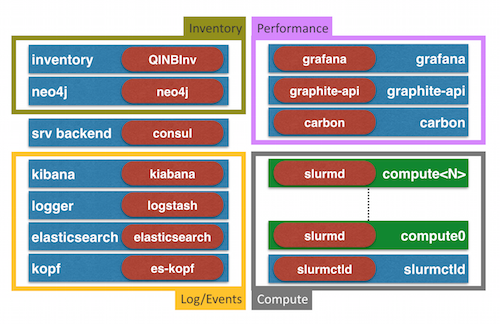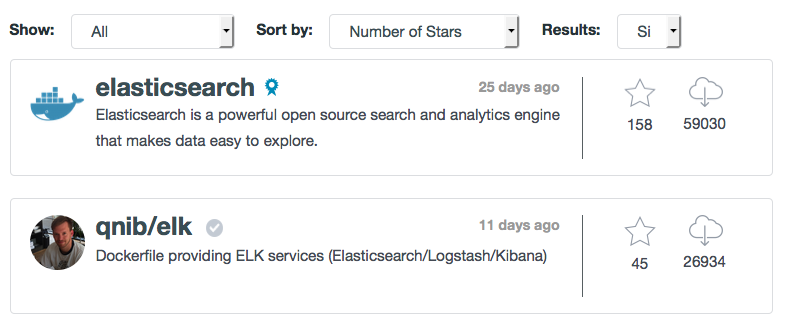Metahub: Dynamic Registry Proxy
I won't say "Long time, no post" - but...
As I had some time at my hands the last couple of months, I was iterating on my idea on hardware optimization using manifest list from the last post Match Node-Specific Needs Using Manifest Lists.
ReCap
The gist is that hardware optimization with containers is a bit of a step back, as the kernel virtualization (aka containers) promises to provide isolation on-top of a Linux (or Windows) kernel without caring to much about the underlying host configuration.

